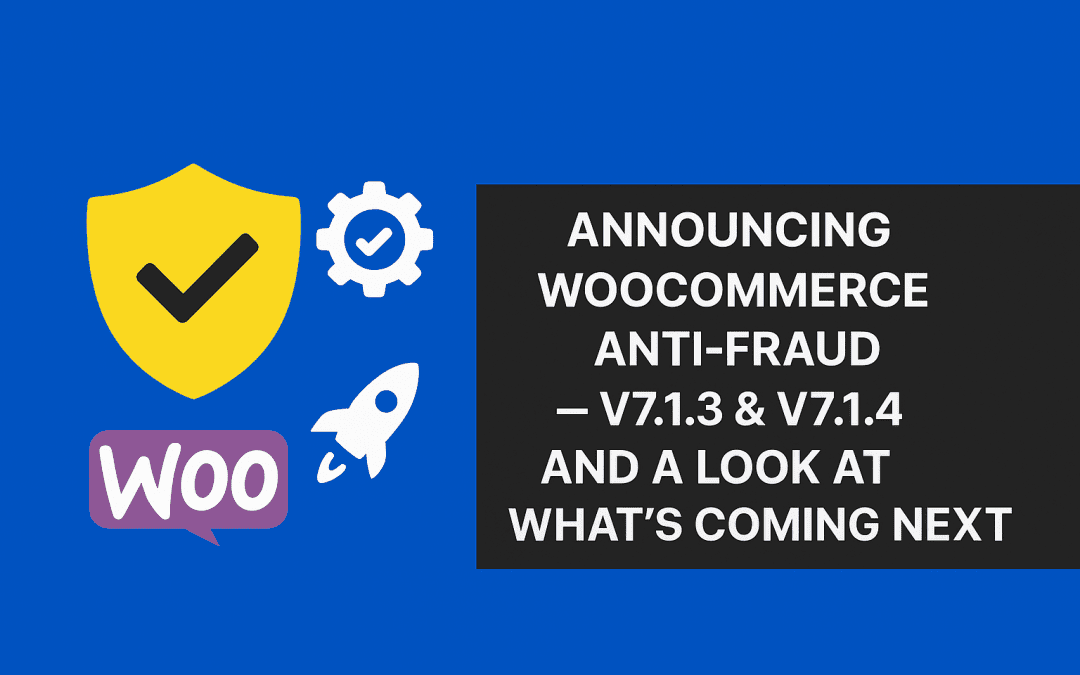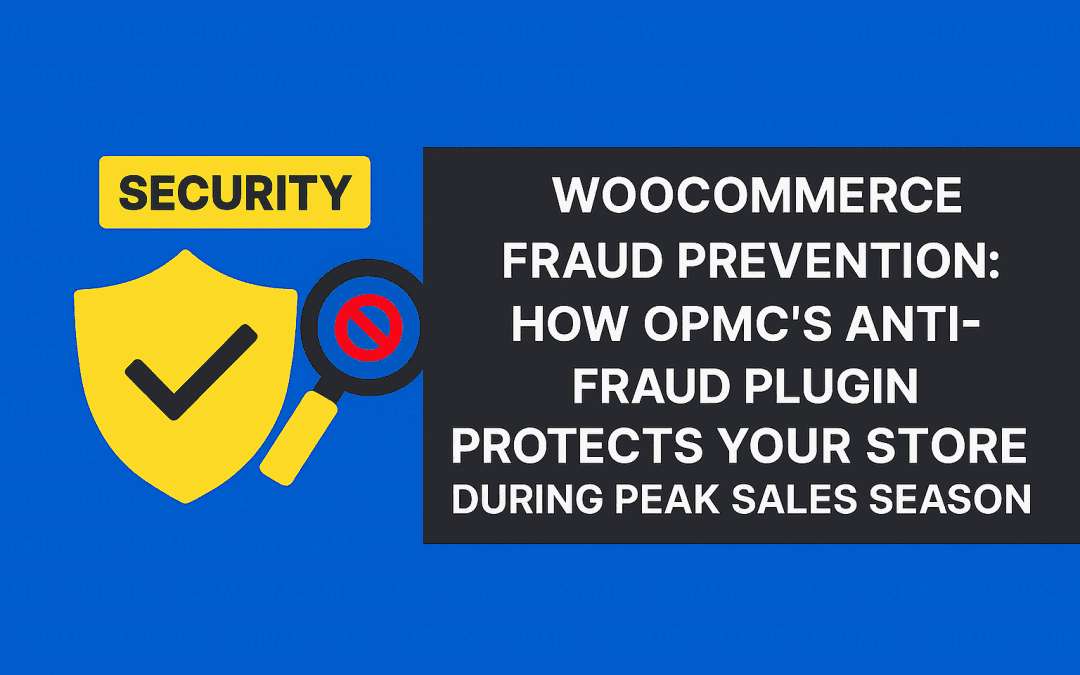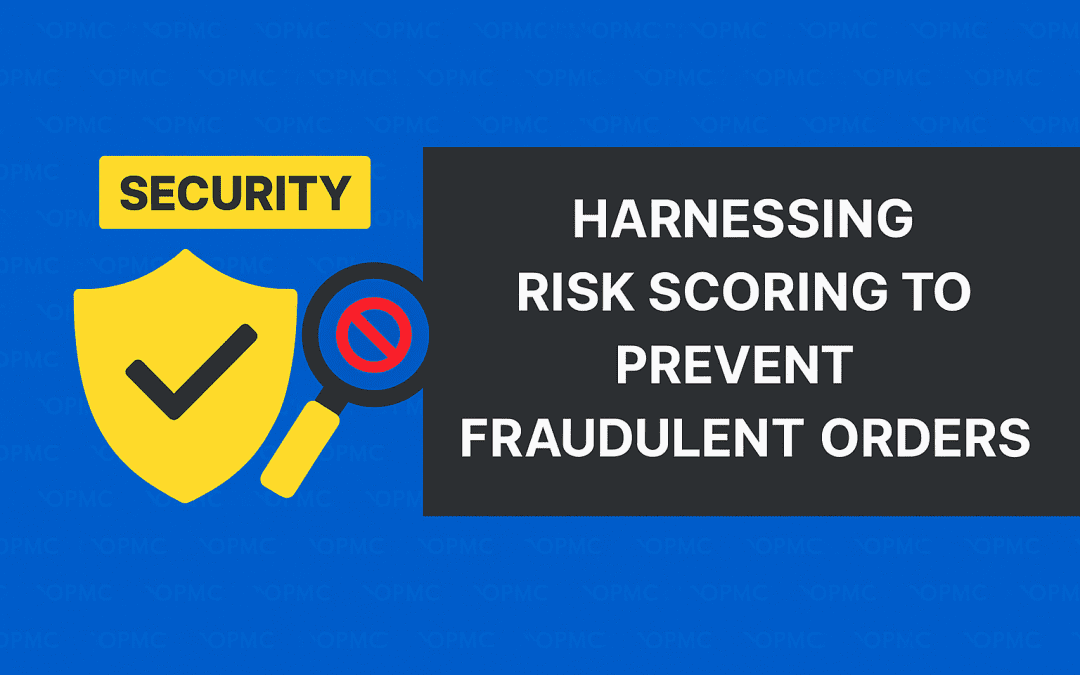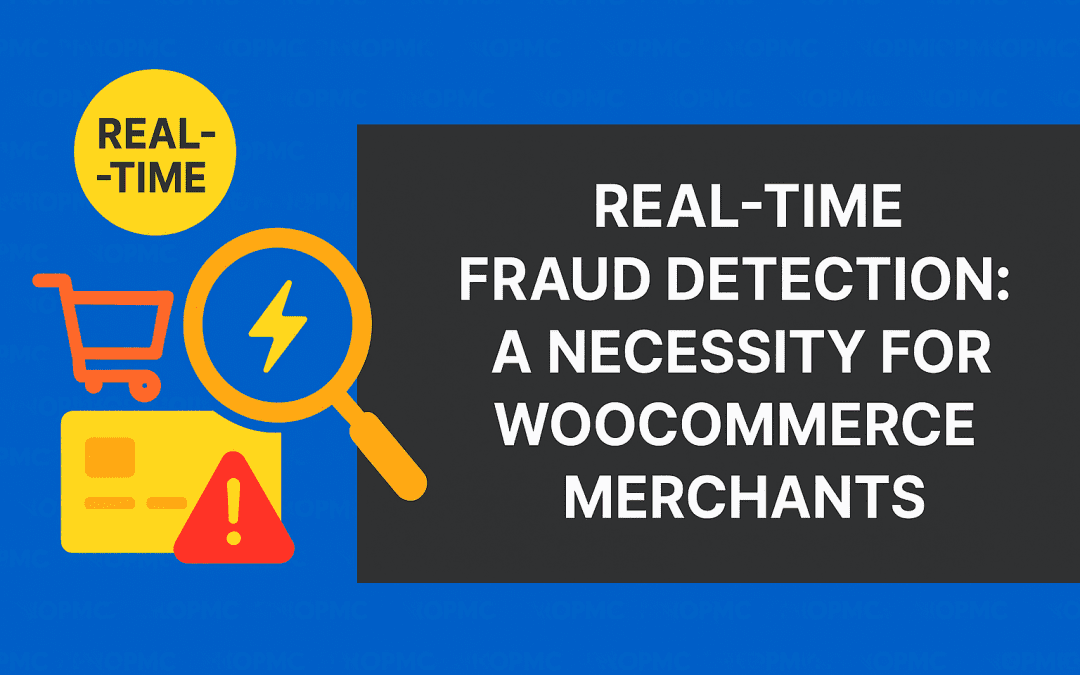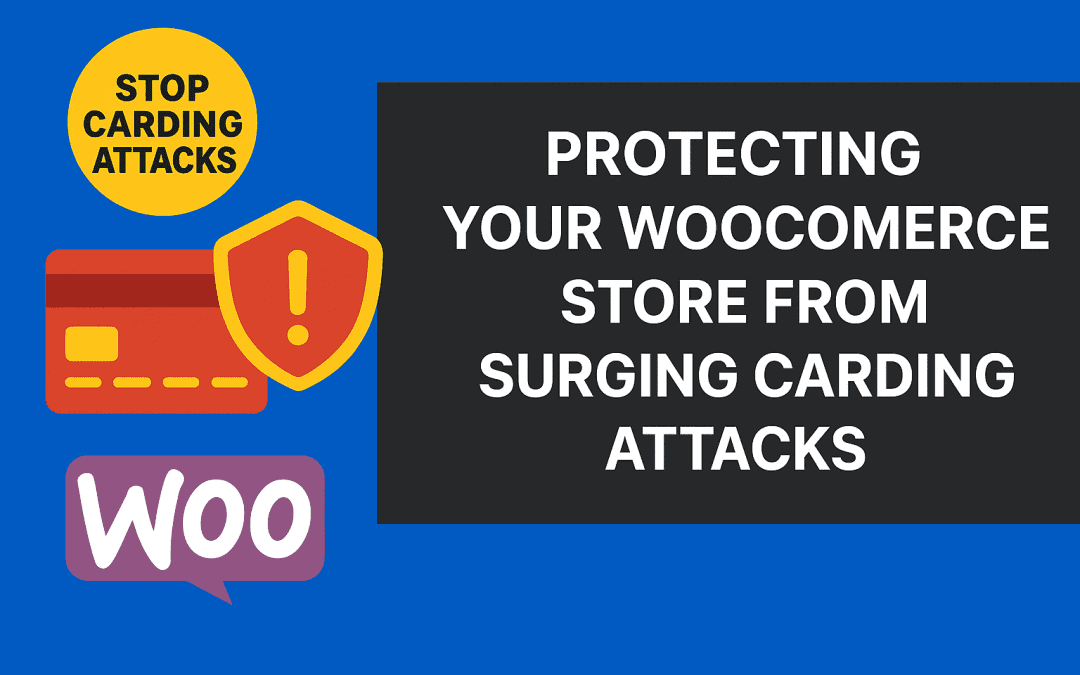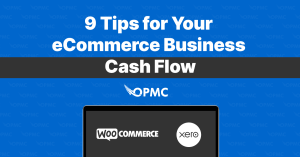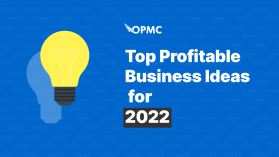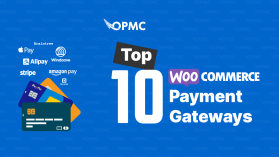Ecommerce is a booming industry. And the way people shop has changed dramatically over the past decade. What used to be a simple transaction between a buyer and seller has evolved into an ecosystem of brands, retailers, influencers, and customers, all connected by powerful data tools on platforms like Shopify, WooCommerce, BigCommerce, and Magento. With so many options available, it can be overwhelming for businesses to decide which ecommerce model is best for them. In this article, we will explore the top ecommerce models that are expected to be successful in 2022 and beyond. Whether you are a small business owner looking to dip your toes into the world of online retail or a seasoned ecommerce professional looking for new ideas, this article is for you.
As ecommerce continues to evolve at such an impressive rate, brands need to stay on top of what’s happening in their industry and how they can capitalize on these trends. Consumers use online shopping as the dominant method to find new products and connect with brands they love.
To succeed in today’s mobile, fast-paced marketplace, you need an online storefront.
Why Should I Build an Online Business?
You can work from anywhere! That’s one of the biggest benefits of building an online business. You can live anywhere in the world and still make money. You also have control over your schedule, so you can set your own hours and decide how much time you want to spend on work each day.
Since you don’t need a physical location, ecommerce businesses offer more flexibility than brick-and-mortar retailers do. If there are no stores in your area that sell what you want to sell—or if none of them are hiring—you won’t have to worry about finding another job just because they closed down.
You’ll also be able to hire virtual assistants who work remotely and local employees for marketing or customer service roles if needed. This will automate your systems so you can make money on vacation or asleep.
What is an Ecommerce Model?
An ecommerce model or online business model is a strategy for making money using the internet. The term “online” doesn’t just refer to web-based businesses; it can also describe brick-and-mortar stores with an online presence.
There are many different ways for an online business to make money. The most common ecommerce models rely on either selling products or providing services.
However, these aren’t the only options available to you as an entrepreneur—you can also use your website as a platform to promote affiliate offers or create other sources of income like advertising revenue and crowdfunding campaigns.
In general, there are four types of ecommerce models:
- Direct sales (selling products directly).
- Marketplace sales (selling products via another platform).
- Commission-based sales (receiving payment when a sale is made through your site).
- Subscription services (receiving recurring payments).
Each one has its own advantages and disadvantages.
The Best eCommerce Models for 2022:
1 – Dropshipping
Dropshipping is among the easiest ecommerce models. It is the fastest way to get started in ecommerce, and it doesn’t require you to store inventory. Instead, you work with a supplier that will handle all shipping and logistics on your behalf.
You don’t need to hire a warehouse or invest in expensive storage space. It also means you don’t have to worry about keeping track of inventory levels or managing orders from your customers when they come through.
With dropshipping, there are no long-term contracts. If things don’t work out for whatever reason, it won’t be hard for you to switch suppliers anytime. You can start small with just one product line or expand as much as your budget allows, making this ecommerce model highly flexible and scalable.
2 – Wholesale
Wholesale is a popular model of ecommerce, and it can be very profitable. The goal is to find a supplier offering lower prices for buying in bulk and then sell those individual items at a markup to profit from consumers.
You can sell directly to consumers or to other businesses. These businesses might be large retailers or online retailers who resell your products—they might also be smaller businesses that use the items sold by you in their own retail operations.
The profit margins are excellent here, but you must do a lot of inventory management and shipping/logistics.
3 – Subscription
Subscriptions are a great way to build trust with new customers, especially if you’re selling an unexpected or unfamiliar product or service.
For example, if you sell an online course about gardening, it can be tempting for new customers to purchase your course without knowing much about you or your business. A subscription model allows those customers to try out your product before committing to it long-term.
Subscription businesses also require less upfront capital. This is because subscriptions don’t need all of the bells and whistles that come with paid products. Monthly boxes of pet supplies or homemade natural soaps are good examples of subscriptions.
4 – Digital Products
If you are selling digital products, you will be in good company. Many successful ecommerce entrepreneurs have had their biggest successes with this ecommerce model.
If you’re wondering what digital products are, they are products that can be downloaded or streamed to a computer, tablet, or smartphone. Examples of digital products are ebooks, courses, videos, music, and software.
This is an excellent option for most businesses because it’s usually low-cost and low-risk (you don’t need to spend money on inventory). Even better: It allows you to offer lifetime access to your customers so they can get immediate access when they purchase – no waiting around while new items ship out.
5 – Print on Demand (POD)
Printing on demand (POD) is a great way to start a business. It’s also a great way to save money since you don’t have to print your inventory until it’s sold. If you plan to sell books, this is perfect because you only need to print one copy at a time and then ship it as soon as the order comes in. You can also use POD for t-shirts and other items that require multiple colours or sizes.
Most POD ecommerce stores use a supplier to handle the printing, shipping, and logistics part of the business. If you have a book, Amazon is an excellent supplier. A t-shirt may be suitable for Printify.
6 – Direct-to-Consumer (DTC)
Direct-to-consumer (DTC) is an ecommerce model that works because it allows the manufacturer to take responsibility for marketing and branding, as well as managing inventory. This means the manufacturer has complete control over how their product is perceived by customers, which in turn gives them greater negotiating power with retailers.
However, DTC does not work for everyone. You need to have enough money left over after paying for your product development and manufacturing costs to successfully market yourself on social media platforms like Instagram or Facebook. Also, if you’re unable to ship out products quickly enough, this can result in dissatisfied customers returning their purchases—which could put a dent in your profit margin if there aren’t enough sales.
This still-evolving business model works best for established physical stores to expand their offerings rather than for someone new to the marketplace without branding.
7 – Makers
Makers are individuals, brands, and manufacturers that make their own products.
These companies can include artisans and craftspeople that create unique items like paintings or furniture. They may also be manufacturers making products for larger companies to purchase wholesale, such as clothing labels or coffee roasters.
Maker marketplaces are websites that connect makers with a community of buyers who want to buy those products.
The biggest challenge here is managing inventory and keeping up with production, but you can make a lot of money if you have high in-demand products.
8 – Private or White Label Manufacturing
Private and white label manufacturing is one of the most popular ways to start an ecommerce business. This model allows you to capitalize on products made by a third-party manufacturer. All you do is place your branding on the product and then resell it under your name.
There are some shipping and logistics factors to consider, but otherwise, this is an excellent place to start. If you have ever wanted to create an online business in a green or eco-friendly space, try this model.
Conclusion
Ecommerce is a massive industry, and it’s growing every day. The good news is that there are many different ecommerce models to choose from, so you can find something that works for your business.
We at OPMC understand the unique challenges of creating a new ecommerce business and how overwhelming it can be when you are trying to manage so many tasks at once. That is why we specialize in plugins, extensions, and apps that amplify your ecommerce platform with the automation and improved processes sure to boost your sales opportunities. So explore our products today and get selling!

